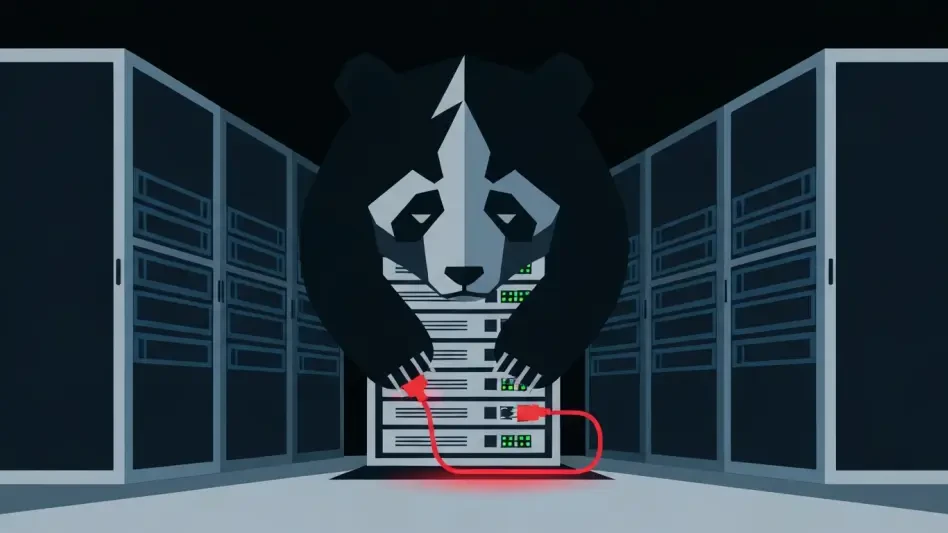In an era where digital connectivity underpins nearly every aspect of daily life, the vulnerability of telecommunications networks to cyberattacks has become a pressing national concern, especially after devastating breaches that have exposed critical weaknesses. The U.S. Federal Communications Commission (FCC) has emerged as a key player in addressing these threats, taking decisive steps to bolster the cybersecurity of the nation’s communications infrastructure. With foreign adversaries and malicious actors increasingly targeting telecom systems, the urgency to protect consumer data and national security has never been greater. Recent policy shifts and strategic initiatives by the FCC signal a robust response to these challenges, aiming to fortify networks against sophisticated cyber threats. This article delves into the specific measures being implemented, the collaborative efforts with industry stakeholders, and the delicate balance between regulatory reform and maintaining essential protections.
Revamping Policies for Modern Threats
The FCC has recently made headlines by reversing a prior Declaratory Ruling on the Communications Assistance for Law Enforcement Act (CALEA), a move driven by concerns over flawed legal reasoning and the risk of weakened cybersecurity standards in the original framework. Announced on a Thursday, this decision also involved withdrawing a related notice of proposed rulemaking, reflecting a broader intent to eliminate outdated or risky policies that could leave networks exposed. The reversal is not merely a rollback but a strategic pivot toward crafting regulations that better address the realities of today’s cyber landscape. By focusing on eliminating vulnerabilities inherent in past interpretations, the agency aims to ensure that telecom providers are not burdened with unclear or ineffective requirements, thereby fostering a more resilient infrastructure capable of withstanding attacks from sophisticated adversaries seeking to exploit systemic gaps.
Complementing this policy shift, the FCC has prioritized the establishment of targeted rules to safeguard critical infrastructure, such as mandating cybersecurity risk management plans for submarine cable licensees. This initiative marks a significant step in protecting vital components of the telecom ecosystem that are often overlooked yet serve as lifelines for global connectivity. Additionally, a comprehensive review of submarine cable regulations—the first in over two decades—has been launched to address evolving threats, requiring certifications for cybersecurity plans from both new applicants and existing licensees. These measures underscore a proactive approach to fortifying networks at their most fundamental levels, ensuring that foundational elements are not left vulnerable to exploitation. The emphasis on specific, actionable requirements highlights a shift away from broad, ambiguous mandates toward precision in cybersecurity defense.
Fostering Industry Collaboration and Oversight
Recognizing that cybersecurity cannot be achieved through regulation alone, the FCC has intensified its engagement with communications service providers over recent months to encourage the adoption of comprehensive risk mitigation strategies. This collaborative approach positions industry stakeholders as partners in safeguarding consumer data and operational integrity, rather than mere subjects of oversight. By working closely with providers, the agency seeks to develop practical solutions that address real-world challenges, such as securing vast networks against persistent threats from foreign entities. This partnership model is designed to balance the need for robust security with the operational realities faced by telecom companies, ensuring that protective measures are both effective and feasible to implement across diverse systems and scales.
Beyond direct collaboration, the FCC has taken structural steps to enhance coordination on national security matters by establishing a dedicated Council on National Security. This body serves as a conduit for improved dialogue with security partners, facilitating the alignment of telecom policies with broader defense objectives. Another critical measure includes banning untrustworthy entities from the equipment authorization program, a policy aimed at preventing potentially compromised hardware or software from entering the U.S. market. These actions reflect a multi-layered strategy to strengthen oversight while embedding security considerations into every facet of telecom operations. By integrating national security priorities into regulatory frameworks, the FCC ensures that the industry remains a fortified front against cyber threats that could undermine public safety and economic stability.
Addressing Concerns and Balancing Reforms
Despite the forward momentum, the FCC’s recent policy reversals have not been without scrutiny, as some stakeholders worry about the potential erosion of existing data protection standards. U.S. Senator Gary Peters, a Democrat from Michigan, has voiced significant concern over the rollback of certain rules, arguing that maintaining strong cybersecurity measures is paramount to preserving consumer trust and national security. His perspective highlights a critical tension in the ongoing reforms: while outdated policies may need revision to address modern threats, there is a risk that essential safeguards could be inadvertently weakened in the process. High-profile cyberattacks in recent memory have only amplified these concerns, underscoring the devastating consequences of breaches and the need for unwavering protections in an increasingly hostile digital environment.
Navigating this complex landscape, the FCC faces the challenge of updating its approach without compromising the foundational security that Americans rely upon. The agency’s efforts to refine policies like CALEA interpretations aim to eliminate inefficiencies, but they must be carefully calibrated to avoid creating new vulnerabilities. The debate over how best to achieve robust cybersecurity—whether through maintaining established rules or embracing targeted reforms—remains a point of contention among policymakers and industry leaders. Striking the right balance requires not only technical expertise but also a deep understanding of the broader implications for privacy and safety. As threats continue to evolve, the FCC’s ability to adapt while preserving core protections will be crucial in maintaining confidence in the nation’s telecom networks.
Building a Resilient Future
Looking back, the FCC’s recent actions mark a pivotal moment in the ongoing battle against cyber threats, as reversing misguided policies and establishing new frameworks demonstrate a commitment to resilience. The creation of councils and targeted rules for critical infrastructure lay a strong foundation for enhanced security, reflecting a nuanced understanding of the challenges at hand. Collaborative efforts with industry players further solidify this approach, ensuring that practical solutions are prioritized over rigid mandates. While concerns from figures like Senator Peters remind regulators of the stakes involved, the overall trajectory points toward a more secure telecom landscape. Moving forward, the focus should remain on continuous policy evaluation and adaptation to emerging threats, alongside sustained partnerships with providers to implement cutting-edge defenses. By anticipating future risks and refining strategies accordingly, the FCC can help ensure that telecommunications networks remain a trusted pillar of national security and consumer protection.








